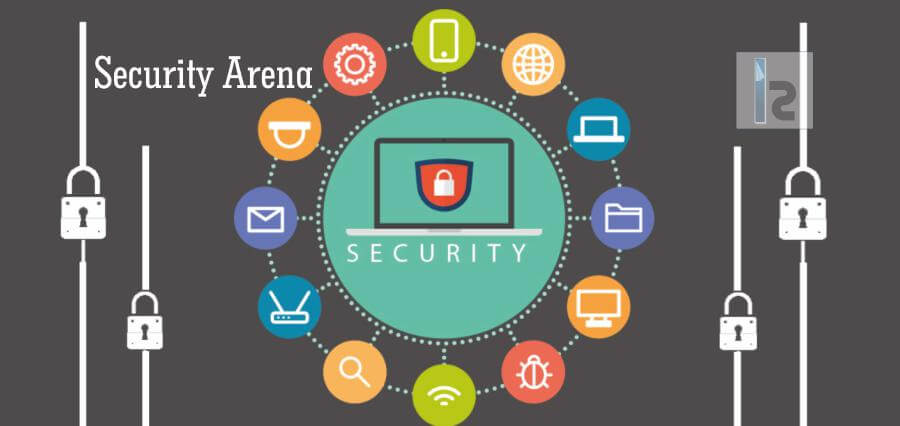Over the past few years, the magnitude of threat against healthcare organizations is growing exponentially. Currently, the healthcare industry is striving hard to target the cyber breaches. The Chief Information Security Officers (CISOs) are becoming smarter and sophisticated to outmaneuver the cybercriminals. The healthcare organizations are acutely focusing on their IT functions and effectively correlating information to mitigate the risks of cybercrime. They are consolidating this information from the various vulnerability scanners to effectively manage and aid their business context. Various foremost healthcare organizations are adopting cutting-edge cyber security approach, where the senior board arrays the tenor for the organizational operations to successfully respond to the cyber risks.
Categorizing the Assets
There is a major necessity for the healthcare organizations to understand the cyber security risks for smooth management of their business context. They need to establish a specific data security team to classify data assets in association with their business significance. Managing the patient records and keeping in mind the susceptibilities existing in a client’s desktop would be far less than those present on an acute database server is very imperative. The healthcare organizations should prioritize the most critical assets which can lead to effective threat mitigation efforts backing the cyber security. The traditional and upcoming healthcare organizations need to conceptualize and take firm measures safeguarding the patient data and classifying the assets to certify complete network security.
Staying Updated to the Latest Threats
The developing world is witnessing severe cyber security threats. This budding cyber security landscape influences the IT and security squads to stay updated to the latest threats and their respective agents. They need to successfully predict the attack vectors by educating their staff about the recent scams and threats. The healthcare organizations should provide their employees with the training based on the security risks in accessing links and attachments in the email. The healthcare organizations need to abandon the obsolete technology and replace it with modernized technology that is highly resistant to cybercrime. They need to tremendously engage with the smart and quick Big Data Analytics to secure gigantic computerized data and converting the unstructured SIEM data to a specific format for making strategic decision to reduce cybercrime.
Involve Business Acquaintances
The healthcare organizations need to pitch in with additional resources, to ensure information security. These organizations need to engage the various business associates and merchants for accountable and secured health information under the Health Insurance Portability and Accountability Act (HIPAA). The business associates can face direct civil liability for a breach of this act. However, it is the responsibility of the healthcare organization to confirm that their business associates are maintaining Protected Health Information (PHI) effectively. Establishing a strong persistent program to monitor business associates gives the health organizations the threat intelligence they need to guard their business against duplicitous transactions. The affiliation of the healthcare organizations with the business associates will help them to monitor the new risks, controls, and the emerging vulnerabilities of the cybercrime.
Implementing Appropriate Controls
The healthcare organizations should implement strict measures to confront and terminate the Bring-your-own-device (BYOD) programs. They should focus on the execution of the suitable controls around data segregation and infrastructure security. Constant monitoring practices are required to ensure that the controls are active and functioning in a desirable manner. The healthcare organizations should influence certain security incident recognition and response programs to mitigate the cyber security risks. Additionally, operations regarding crisis management must be integrated into the flexible business strategies. The healthcare organizations need to implement adaptive technologies to manage identities and to regulate the information being accessed. They should undertake operations to detect the loopholes and vulnerabilities in the mobile apps that would surely reduce and support the high grounds of the cyber security.
Monitoring Internal Systems & Logs
The healthcare organizations need to invest in the evolving technologies that enable them to spontaneously scan and secure data, log data modification activities as they arise, and instantly alert their IT teams about the fraudulent behavior. These teams must focus on detecting the loopholes with the help of an automated bot or a specific process that intermittently run through the system, combating the threats. This will help the organization to spot the vulnerabilities and save time, resolving it before enough damage. Monitoring the logs is a key component of an organization’s compliance initiatives. This would help the healthcare organizations to properly audit and prepare a report on the file access which can detect illegal activity by the users and other major cyber threats.
The Future Innovations
The increasing complexities of IT landscape in the healthcare organizations, the future is critical for the security teams to choose the exact processes and tools to defend the organization from budding breaches. The healthcare organizations in the upcoming future are planning to design robust systems and stronger encryption algorithms to successfully safeguard the cybercrime in the healthcare sector. Soon there will be an introduction to the new General Data Protection Regulation (GDPR) to replace the age-old Data Protection Act, which would increase the security of the personal data and also its exploration.


